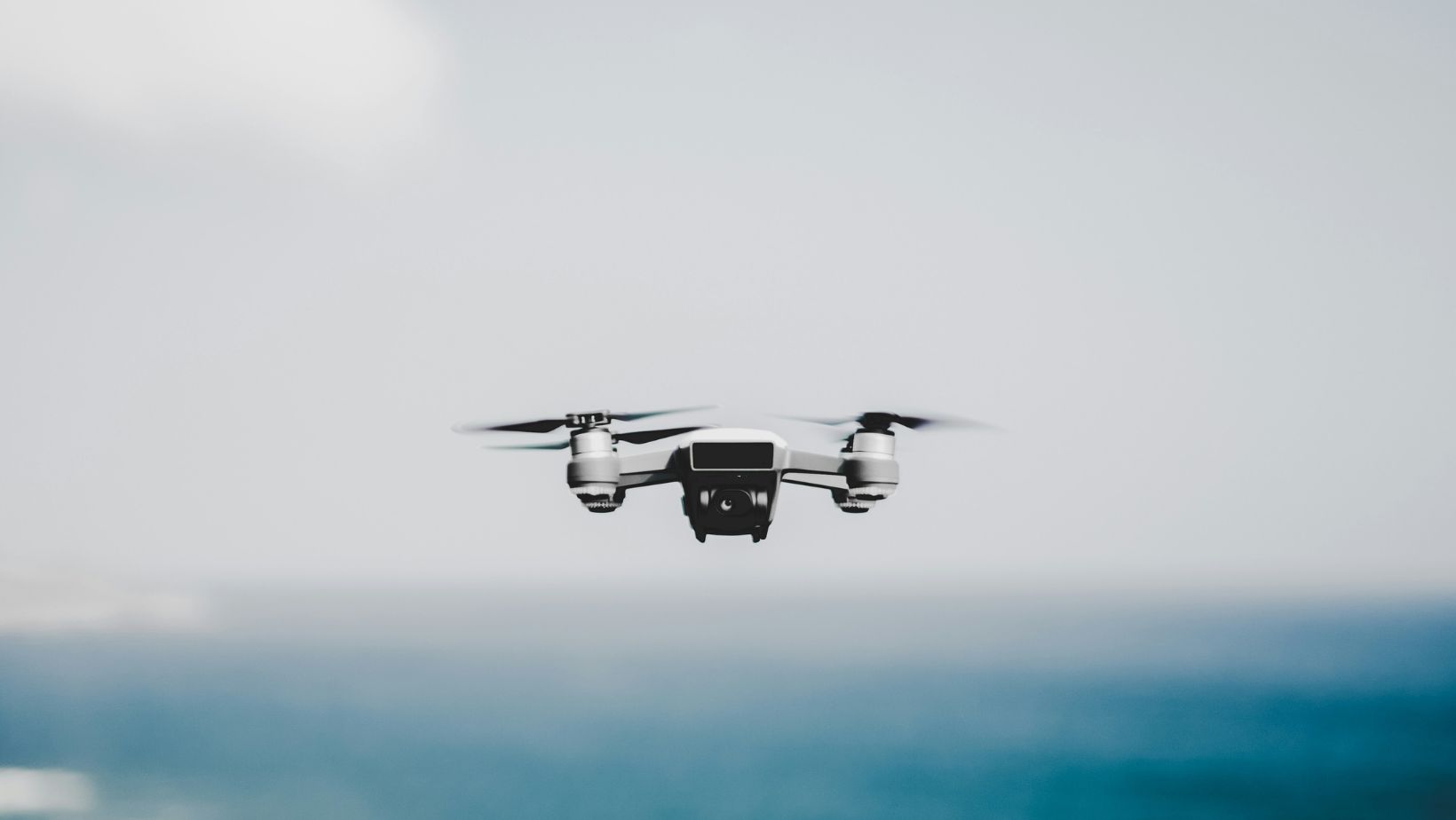Are you ready to get in on one of the hottest and fastest growing industries in technology?
Look no further than drone inspection services. Rural broadband deployment is taking off across the country and companies in the know are already getting in on the action.
We’re going to look at:
- Why rural broadband needs drone inspection services
- The massive market opportunity for startups
- How drones are cutting costs and saving lives
- How to get started in the drone inspection business
Why Rural Broadband Needs Drone Inspection Services
America’s rural broadband deployment effort is a huge and critical infrastructure problem.
There’s one catch…
Cell towers and fiber lines need to be inspected. Rural broadband deployments in particular often end up in rugged terrain. Mountain tops. Thick forests. Remote farmland.
Deployment costs and times are crazy.
Drone technology is disrupting that industry wide. Drones can get to these remote sites quickly. Inspect towers and lines safely. And do it all at a fraction of the traditional cost.
Inspection costs? Sky-high. Damage from falls? Potentially millions. Inspectors who work on cell sites face fatality rates 10 times higher than construction workers.
Enter drone inspection services.
Companies in the know can now access remote sites. Inspect towers and lines. Save lives. And do all of it at dramatically lower costs using American-made drones for inspection that are engineered for industrial applications.
But why do you care?
The market is hot. The global drone inspection market was already $16.4 billion in 2024. It’s only going to get bigger.
And the rural broadband boom? That’s just getting started.
The Massive Market Opportunity for Startups
I know you want to see the real numbers here…
Cell tower inspections using traditional methods? Think $2,000 – $5,000 per tower. Add in equipment rental, insurance, potential downtime. And you can easily have six figure inspection bills.
Multiply that by the 417,215 cell towers currently operating in the US and you’ve got a lot of inspections that need to be done.
Repeat that inspection process for miles and miles of fiber lines across the country. Throw in regular maintenance and ongoing monitoring services…
You get the point.
Enter drone technology.
Repeat that last paragraph replacing traditional inspection methods with drone technology.
Companies can now inspect cell towers in hours. The average inspection using traditional methods takes weeks. Some companies using drones are saving up to $150,000 on single inspections.
Again, not just incremental improvement. We’re talking total business model disruption.
Startups have multiple revenue opportunities here:
- Tower inspection services for telecoms and WISPs
- Fiber line monitoring and vegetation management services
- Site surveys for new broadband deployments
- Emergency damage assessment
- Ongoing maintenance monitoring contracts
The cherry on top? You don’t need to raise millions to start a drone inspection service.
How Drones Are Cutting Costs and Saving Lives
Safety is a huge reason why this is all changing.
Cell tower inspections are super dangerous. Between 2003 and 2011 alone, 50 climbers died working on cell sites in the United States. The death rate? 10 times higher than normal construction workers.
Drones eliminate that risk completely.
Inspectors can now stay on the ground using drones to capture all the high res visual and thermal data. No more climbing. No more risk of falling. No more exposure to RF radiation and other dangers.

The efficiency gains go way beyond safety, though…
SK Telecom shortened inspection times by 95% by combining drones and AI-powered data analysis. They deploy drones to take around 100 photos of each tower. Then they use a custom AI model to automatically analyze data and validate all of the tower’s bolts and nuts.
So what does that mean for rural broadband?
- Faster inspections
- Lower costs
- Quicker network deployments
- More infrastructure built
- Safer inspection teams
- Lower insurance premiums
All of that adds up to a better rural broadband deployment.
Getting Started in the Drone Inspection Business
Great, but how do you actually break into the game?
The good news?
It’s easy to get into this business. You don’t need to be a telecom expert or even a licensed pilot to start your own drone inspection business. But you do need to understand some key requirements.
What Equipment You’ll Need
Let’s start with the basics. You’ll need:
- A commercial drone. Something with good cameras and thermal imaging.
- GPS and geofencing capability. To keep things safe and in compliance.
- Data processing and analysis software. To generate reports.
You’ll also want modern drones that have collision avoidance, real time kinematic positioning, and advanced stabilization. This stuff allows you to fly drones with extreme precision around expensive infrastructure. Plus capture incredible amounts of data even in the harshest conditions.
The Skills That Matter
You probably don’t need to get a drone license for this. But you do need the following:
- Technical expertise. You need to understand how to inspect cell towers and fiber lines. Know the potential problems. And how to analyze visual and thermal data.
- Flying skills. There’s no getting around it. You have to be able to fly drones. Precision is critical here when working around expensive equipment. One little mistake. And you can cost your client thousands in damages.
- Business development skills. This is ultimately just a business. You need to be able to identify, court, and win business from telecoms, WISPs, infrastructure companies, and anyone else who might need your services.
Startup Paths
Most drone inspection startups follow the same basic trajectory:
- Start small. Maybe a couple of drones. Local contracts with local telecom companies. Smaller WISPs building out rural networks.
- Scale up. Prove your value. Expand the service area. Bring on more advanced capabilities and equipment.
You might start adding LiDAR for highly precise 3D model creation. Or you might develop or license software to enable AI-powered automated defect detection.
Some firms will go big. Developing into full service inspection companies with a wide range of services.
Others will specialize. Offering niche inspection services such as fiber line monitoring or emergency response.
The Future Is Looking Bright
The rural broadband revolution is in full swing.
America’s government at all levels is investing billions of dollars into rural broadband connectivity projects. The BEAD program alone is funneling billions into broadband infrastructure development across rural America.
And every single one of those projects is going to need inspection services.
Site surveys before new towers are built. Ongoing maintenance checks on existing towers and fiber lines. Vegetation management to protect and monitor fiber line integrity. Rapid damage assessment after storms.
The opportunities here are huge. And they’re growing every day.
But here’s the catch…
The market is not going to stay this open forever. Entrepreneurs with vision are already seeing the opportunity. Competition will grow. There’s a significant advantage to be had for early movers.
Companies who are already winning in the rural broadband space get that this is a total technology and business game changer. It’s not enough to just have cool tech. You have to be able to fly those drones with extreme precision and accuracy. But also be able to communicate with telecom engineers and infrastructure managers.
They get that this is all about solving real problems for companies looking to bring connectivity to rural America.
Time To Take Action
Drone inspection services offer one of the best opportunities right now in the rural broadband space.
The market is exploding. The technology is proven. The need is great.
But here’s what success requires:
- Technical understanding of the requirements
- Building relationships
- Delivering consistent, high-quality results
- Compliance and staying on top of regulatory requirements
- Continuously upgrading your capabilities
It doesn’t take a massive operation to get in on this. Get your commercial drone license if you need to. Buy yourself one good drone. And close that first deal with a local WISP or regional telecom.
Start small and then build from there.
The rural broadband revolution is happening now. And drone inspection services are right at the center of it. Don’t wait until the market matures and competition heats up.
The opportunity is right in front of you. Today.



